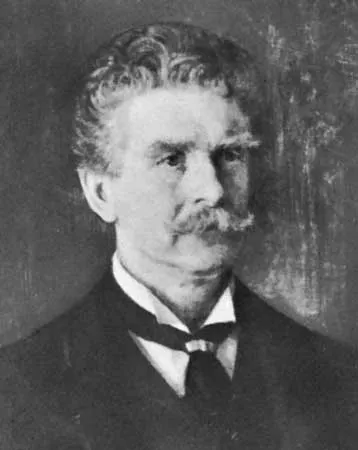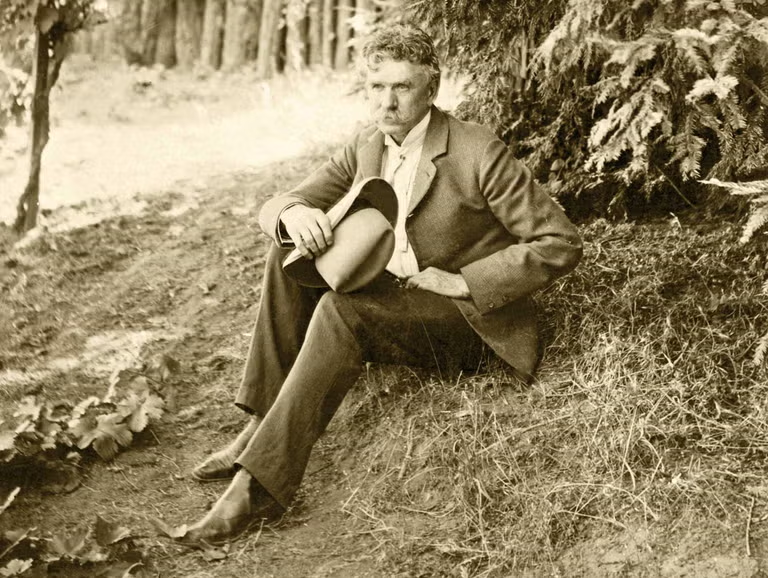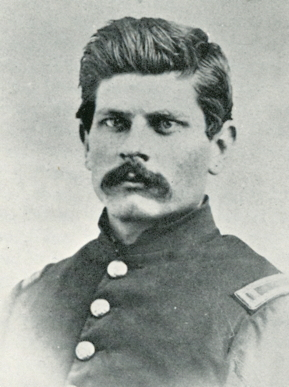Your cart is currently empty!
Disappearance of Ambrose Bierce (1913)






Ambrose Bierce, an American author, journalist, and satirist, vanished in late 1913 while traveling through Mexico during the Mexican Revolution. His disappearance has never been conclusively solved and remains one of the most enduring historical mysteries involving an American literary figure.
Background
Ambrose Gwinnett Bierce was born on June 24, 1842, in Meigs County, Ohio, into a poor but literate farming family. He was the tenth of thirteen children, all of whom were given names beginning with the letter A. As a young man, Bierce enlisted in the Union Army and served with distinction during the American Civil War, participating in several key battles and suffering a serious head wound at the Battle of Kennesaw Mountain in 1864. His wartime experiences deeply influenced his later writing, particularly his dark and realistic depictions of combat and human suffering.
After the war, Bierce settled in San Francisco and began a long career in journalism, becoming one of the most influential writers and satirists of the late nineteenth century. He was known for his razor-sharp wit, cynicism, and mastery of short fiction. His best-known works include Tales of Soldiers and Civilians (1891), Can Such Things Be? (1893), and The Devil’s Dictionary, a satirical lexicon originally serialized under the title The Cynic’s Word Book.
Bierce worked as a columnist for several prominent newspapers, including the San Francisco Examiner, often targeting political figures and social institutions with unrelenting sarcasm. His personal life, however, was marked by tragedy. He became estranged from his wife, Mary Ellen Day, and suffered the early deaths of both sons.
By the early twentieth century, Bierce had grown increasingly reclusive and disillusioned. In 1913, at the age of seventy-one, he left the United States and traveled to Mexico, which was then engulfed in revolutionary conflict. His stated goal was to witness the war and write about it, though some have speculated he was also seeking a dramatic end to his life.
Last Known Movements
In October 1913, Bierce crossed into Mexico from Texas and traveled south. He was known to have followed Pancho Villa’s forces as they moved through northern Mexico. His final verified communication came in a letter dated December 26, 1913, from Chihuahua City, in which he wrote:
“As to me, I leave here tomorrow for an unknown destination.”
This is the last confirmed trace of Ambrose Bierce.
Theories Regarding His Disappearance
Death in Battle
Some historians believe Bierce may have died at the Battle of Ojinaga in early January 1914, a bloody conflict between revolutionary forces led by Pancho Villa and federal troops. He may have been caught in the fighting while acting as an observer or traveler.
Execution
Another theory suggests that Bierce was executed, either by federal troops who mistook him for a spy or by revolutionaries who distrusted foreigners. However, no official records or eyewitness accounts confirm this outcome.
Suicide
Given Bierce’s lifelong cynicism and fascination with death, some speculate that he went to Mexico intending to die. This may have been by suicide or by placing himself intentionally in harm’s way.
Voluntary Disappearance
One theory holds that Bierce staged his own disappearance and lived out the rest of his life in obscurity, perhaps in South America. No credible evidence has surfaced to support this idea.
Lack of Evidence
Despite investigations and widespread public interest, no body, reliable witness testimony, or physical evidence has ever been found. Bierce was eventually declared legally dead, but the exact circumstances of his death remain unknown.
Legacy
The mysterious end of Ambrose Bierce has inspired decades of speculation, fiction, and analysis. His disappearance has been referenced in literature, film, and academic work. Notable examples include:
- Carlos Fuentes’ novel The Old Gringo, which imagines Bierce’s final days in Mexico
- Articles and books focused on unsolved historical cases
- Literary comparisons linking Bierce’s themes of death and irony with his own unresolved fate
Cited Sources
- Bierce, Ambrose. The Devil’s Dictionary. Neale Publishing Company, 1911.
- Fuentes, Carlos. The Old Gringo. Farrar, Straus and Giroux, 1985.
- Morris, Roy. Ambrose Bierce: Alone in Bad Company. Oxford University Press, 1995.
- O’Connor, Richard. The Lost Rebel: The Mysterious Disappearance of Ambrose Bierce. Doubleday, 1967.
- Adams, Richard B. “Ambrose Bierce and the Mexican Revolution: Fact and Legend.” Southwestern Historical Quarterly, vol. 72, no. 3, 1969, pp. 321–340.
- National Archives. “Missing Persons File: Ambrose Bierce.” United States Department of State Records, 1914.
- University of California, Berkeley. Ambrose Bierce Papers, Bancroft Library.
Comments
One response to “Disappearance of Ambrose Bierce (1913)”
-
[…] Disappearance of Ambrose Bierce (1913) […]
Leave a Reply